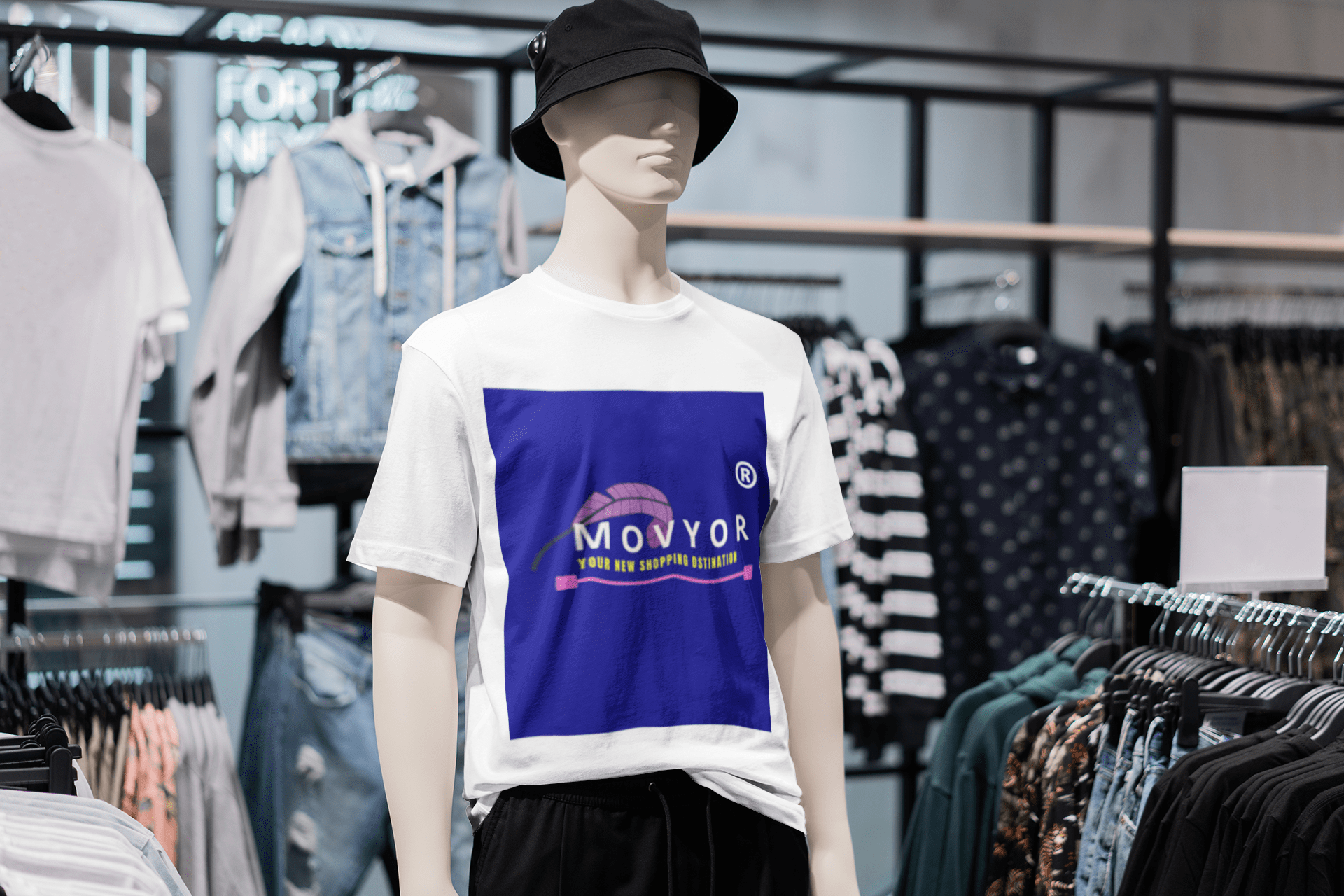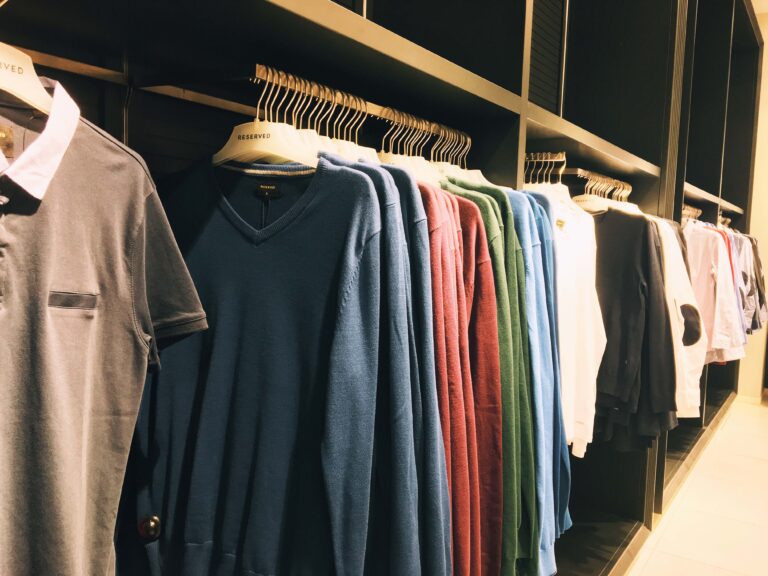WHAT IS DTF –
Direct to Film (DTF) printing is a process in which digital images are printed directly onto a film substrate using a specialized inkjet printer. This process eliminates the need for traditional film negatives and allows for greater flexibility and precision in the printing process. It is commonly used in the production of signs, posters, and other large-format graphics. The image quality is high resolution and the ink is UV resistant, making the prints resistant to fading and water damage.
how dtf printing works-
Direct to film (DTF) printing is a digital printing process in which an inkjet printer is used to print images directly onto a film substrate. The process typically involves the following steps:
- Preparing the file: The digital image to be printed is prepared and optimized for the DTF printing process, including color management and resolution adjustments.
- Printing: The image is printed onto the film substrate using specialized inkjet printing technology. The ink is typically UV-curable, which means that it dries and hardens when exposed to UV light, resulting in a durable, long-lasting print.
- Finishing: Once the image has been printed, the film is cut to size and may be laminated or mounted to a substrate such as foam board or aluminum.
DTF printing is a highly precise and accurate process that allows for the creation of large-format graphics with high resolution and vibrant colors. The process is also relatively quick and efficient, making it well suited for the production of signs, posters, and other large-format graphics
Advantage of DTF–
The direct-to-film (DTF) process has several advantages over traditional offset printing. These include:
- Faster turnaround time: DTF eliminates the need for film negatives and the associated prepress work, which can save time.
- Higher print quality: The digital process allows for more precise registration and sharper images than traditional offset printing.
- Greater flexibility: DTF allows for variable data printing, which can be used to personalize each print run.
- Lower costs: DTF eliminates the need for film negatives and associated prepress costs, which can reduce overall printing costs.
- Environmentally friendly: It eliminates the use of chemical film, developer and fixer in the process which causes less pollution.
- Cost-effective for small print runs
- Versatility in handling different paper stocks and substrates.
- Can handle small print runs and short-run jobs with ease.
- It can produce high-quality, detailed images and text, which can be useful for printing detailed graphics, photographs, and fine text.
- DTF allows for real-time color adjustments, which can result in a higher degree of color accuracy and consistency across different print runs.
- The DTF process is able to handle a vast array of fabrics and does not require any pre-treatment, making it an efficient option for many. The final product will have a good wash characteristics, and a light touch. It’s also a faster and less labor-intensive process compared to DTG printing.
Disadvantages of DTF-
The direct-to-film (DTF) process also has some disadvantages compared to traditional printing methods like- screen printing,dtg printing,sublimation printing. These include:
- Higher upfront costs: DTF equipment can be expensive and may require a significant investment for a printing business.
- Limited color gamut: DTF printing may not be able to reproduce some colors as accurately as traditional offset printing.
- Limited paper stock options: DTF printing may not be able to handle all types of paper stocks and substrates, which could limit the range of products that a printing business can produce.
- Higher maintenance costs: DTF equipment requires regular maintenance to keep it in good working order, which can add to the overall cost of the printing process.
- Requires skilled operator
- It may not be suitable for printing large runs.
- The cost per print may be higher for small print runs
- When comparing DTF process to sublimation printing, the tactile sensation of the printed areas may be different. Additionally, sublimation printing tends to produce more striking and vivid colors as compared to DTF process.




This is the right blog for everyone who wants to find out about this topic. You understand so much its almost hard to argue with you (not that I personally would want toÖHaHa). You certainly put a new spin on a topic thats been written about for decades. Wonderful stuff, just great!